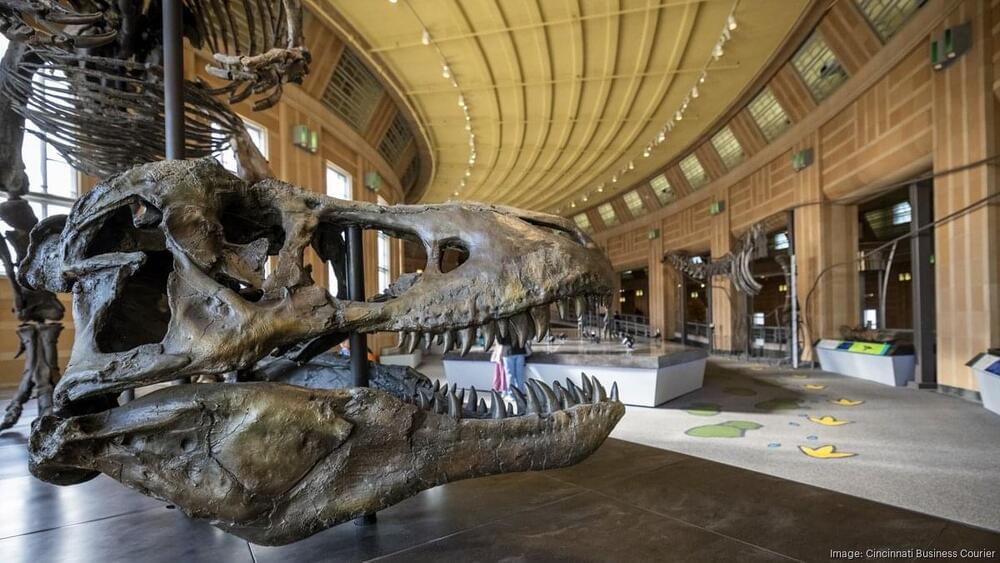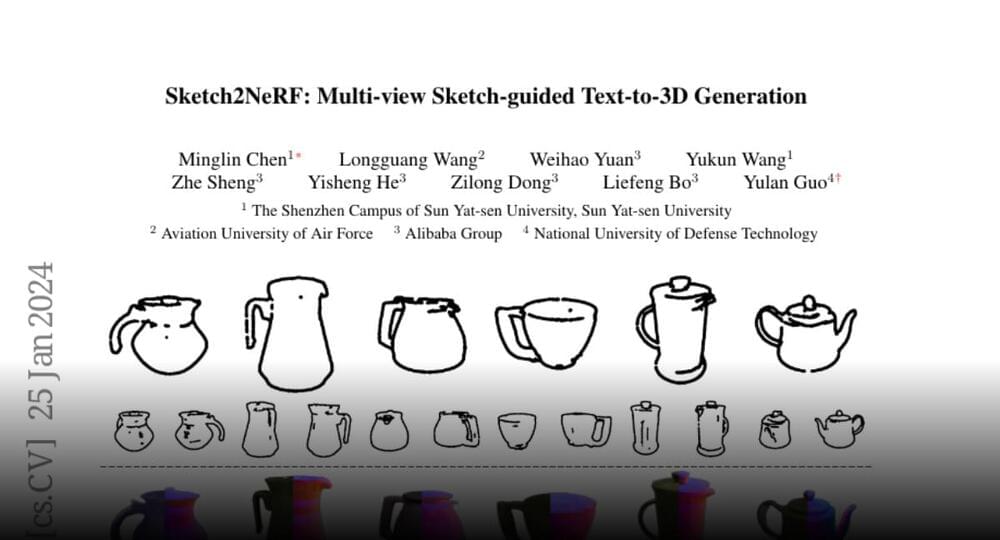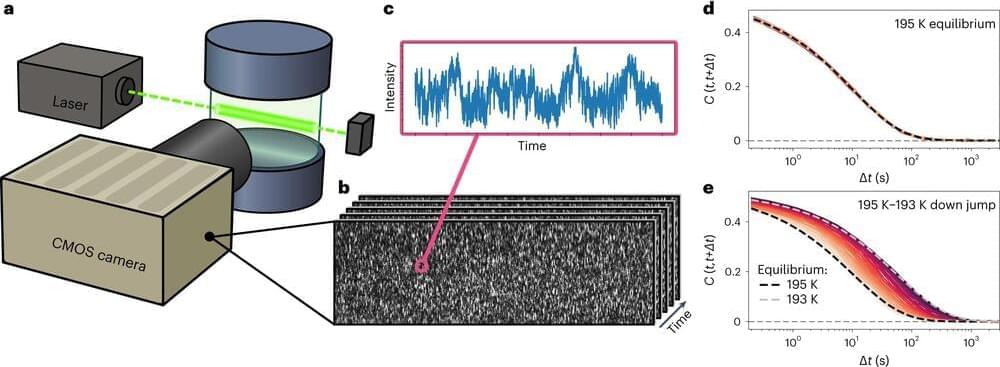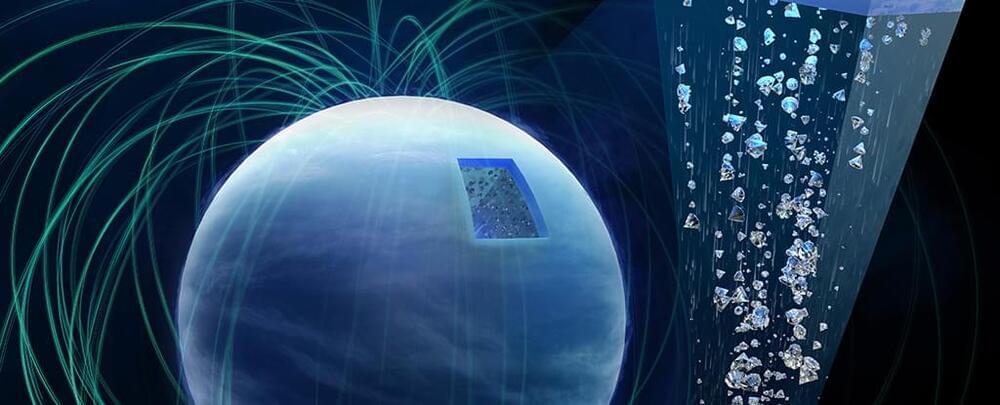“You need to go back hundreds of million years to understand the full picture of life,” he said. “Fossils are the database for deep-time studies.”
Paleontology may be a look back into the deep past, but it also plays a role in our future.
“Paleontology, and dinosaurs in particular, is a fantastic gateway into science, because all kids are interested in dinosaurs,” Storrs said. “It’s great if they go on to become scientists, but at the very least, they can be part of an informed citizenry that has a basic knowledge of the world and how science operates, because there’s always going to be questions about vaccines for example, or evolution, or climate change. Science plays a huge role in our world today.”









